The painting was commissioned by Napoleon's sister, Queen Caroline Murat of Naples, and finished by Ingres in 1814. Ingres drew upon works such as Dresden Venus by Giorgione, and Titian's Venus of Urbino as inspiration for his reclining nude figure, though the actual pose of a reclining figure looking back over her shoulder is directly drawn from the 1809 Portrait of Madame Récamier by Jacques-Louis David. Ingres portrays a concubine in languid pose as seen from behind with distorted proportions. The small head, elongated limbs, and cool color scheme all reveal influences from Mannerists such as Parmigianino, whose Madonna with the Long Neck was also famous for anatomical distortion.
This eclectic mix of styles, combining classical form with Romantic themes, prompted harsh criticism when it was first shown in 1814. Critics viewed Ingres as a rebel against the contemporary style of form and content. When the painting was first shown in the Salon of 1819, one critic remarked that the work had "neither bones nor muscle, neither blood, nor life, nor relief, indeed nothing that constitutes imitation". This echoed the general view that Ingres had disregarded anatomical realism. Ingres instead favored long lines to convey curvature and sensuality, as well as abundant, even light to tone down the volume. Ingres continued to be criticized for his work until the mid-1820s.
Stemming from the initial criticism the painting received, the figure in Grande Odalisque is thought to be drawn with "two or three vertebrae too many." Critics at the time believed the elongations to be errors on the part of Ingres, but recent studies show the elongations to have been deliberate distortions. Measurements taken on the proportions of real women showed that Ingres's figure was drawn with a curvature of the spine and rotation of the pelvis impossible to replicate. It also showed the left arm of the odalisque is shorter than the right. The study concluded that the figure was longer by five instead of two or three vertebrae and that the excess affected the lengths of the pelvis and lower back instead of merely the lumbar region.
Why settle for a print when you can add sophistication to your rooms with a beautiful fine gallery reproduction oil painting? Why not grace your home with this reproduced masterpiece? It is sure to bring many admirers!

Cada pintura es pintada a mano para ti sólo
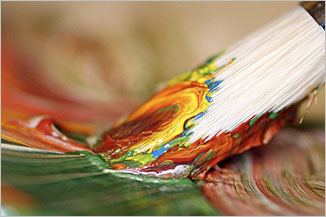
Pintada a Mano
Cada pintura es pintada a mano en un 100% por artistas experimentados. Nunca usamos la tecnología digital o esquina cortada.
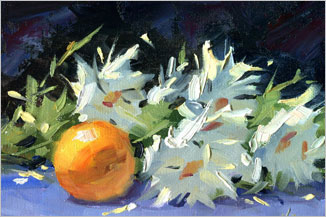
Pinceles grandes
Nuestros artistas profesionales se dedican en cada detalle de obras de arte. Le aseguramos que cada obra de arte será exquisita.

Marco Delicado
Envuelto y estirado en marcos de madera de alta duración y bellos.
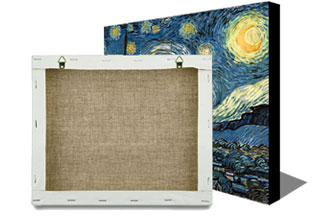
Listas para colgar
Nuestras pinturas ya se estiran: los bordes están rematados y cubiertos con lienzo- están listas para colgar en cuanto se sacarán de la caja.
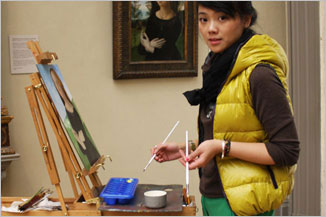
Arte Inspirado
Los motivos originales de Artisoo vienen de las escuelas de arte más prestigiosas y academias de bellas artes.
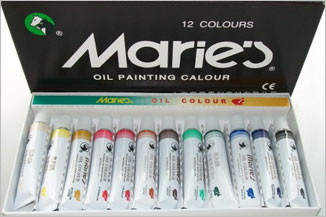
Óleo Ecológico
Sólo utilizamos pinturas de la calidad de la marca “Marie´s museum”, debido a que son amistosas con el medio ambiente y no se descoloran.
